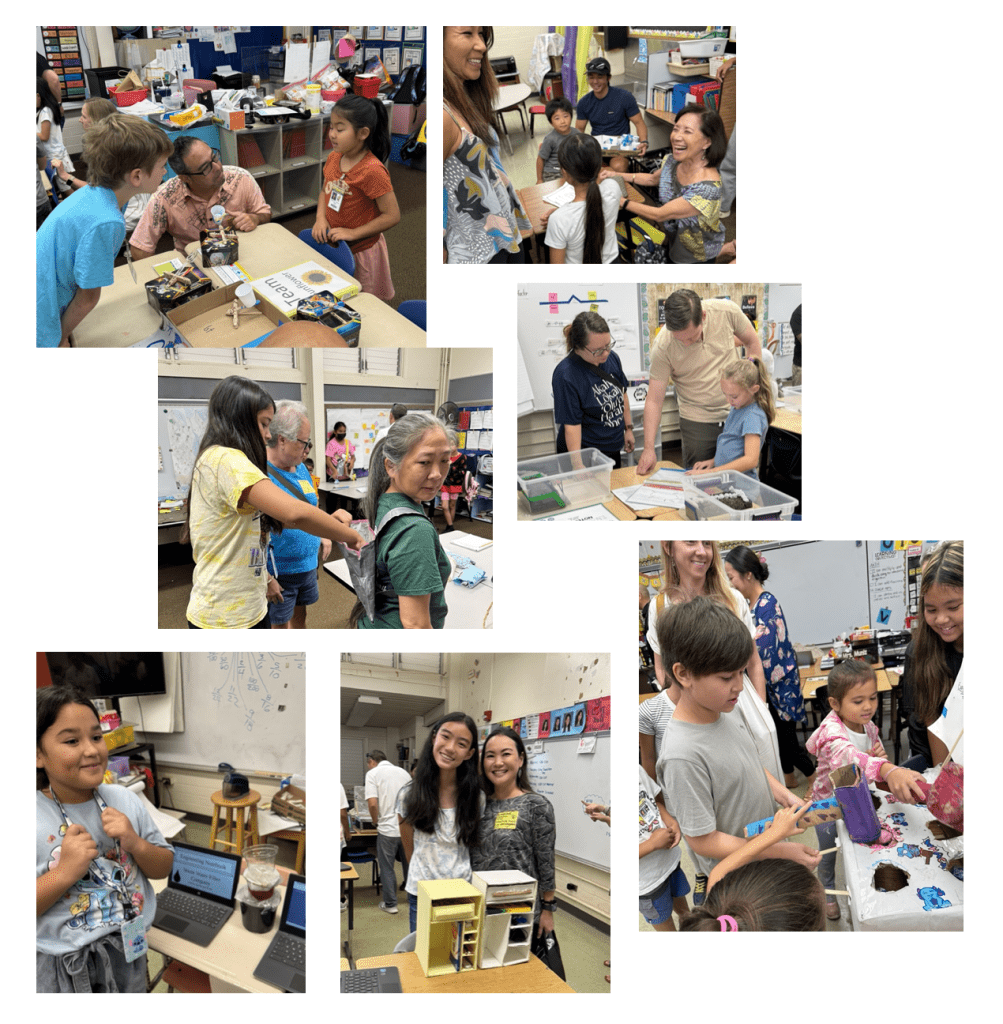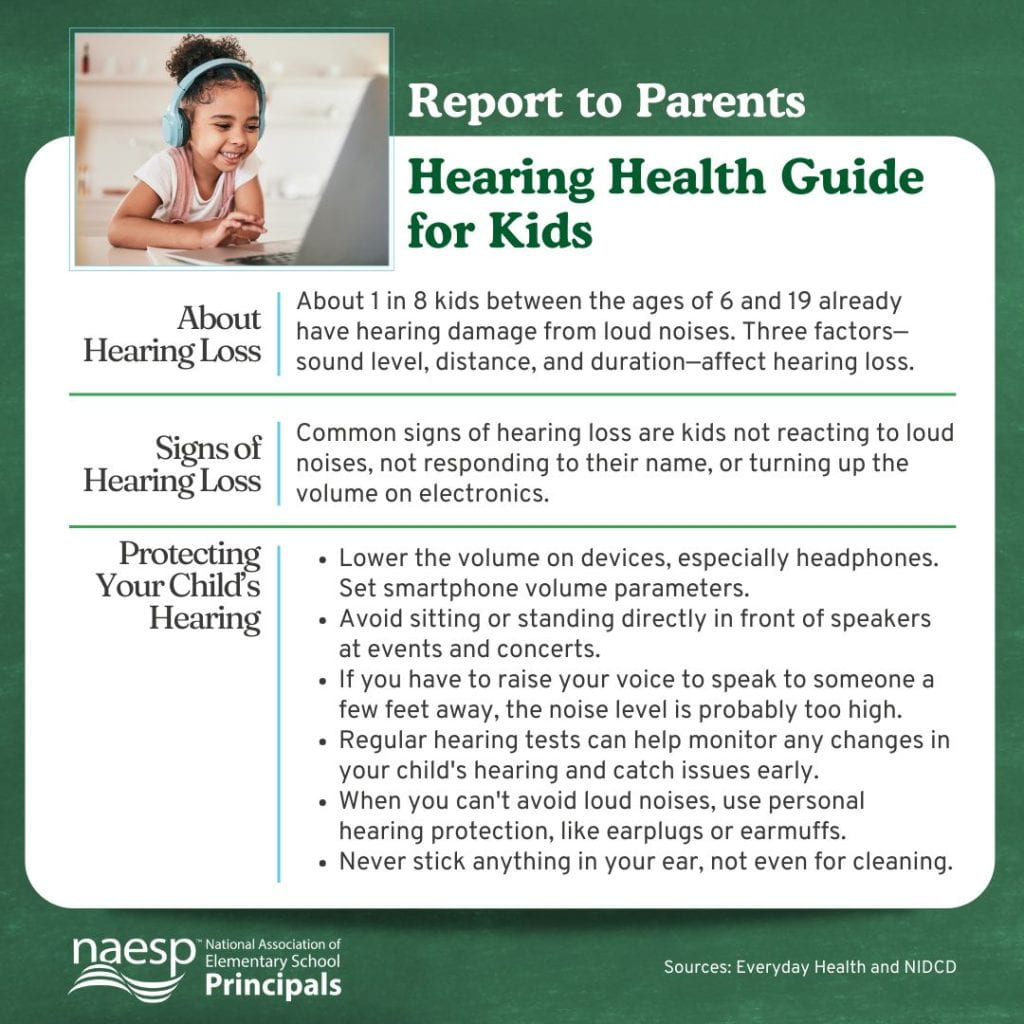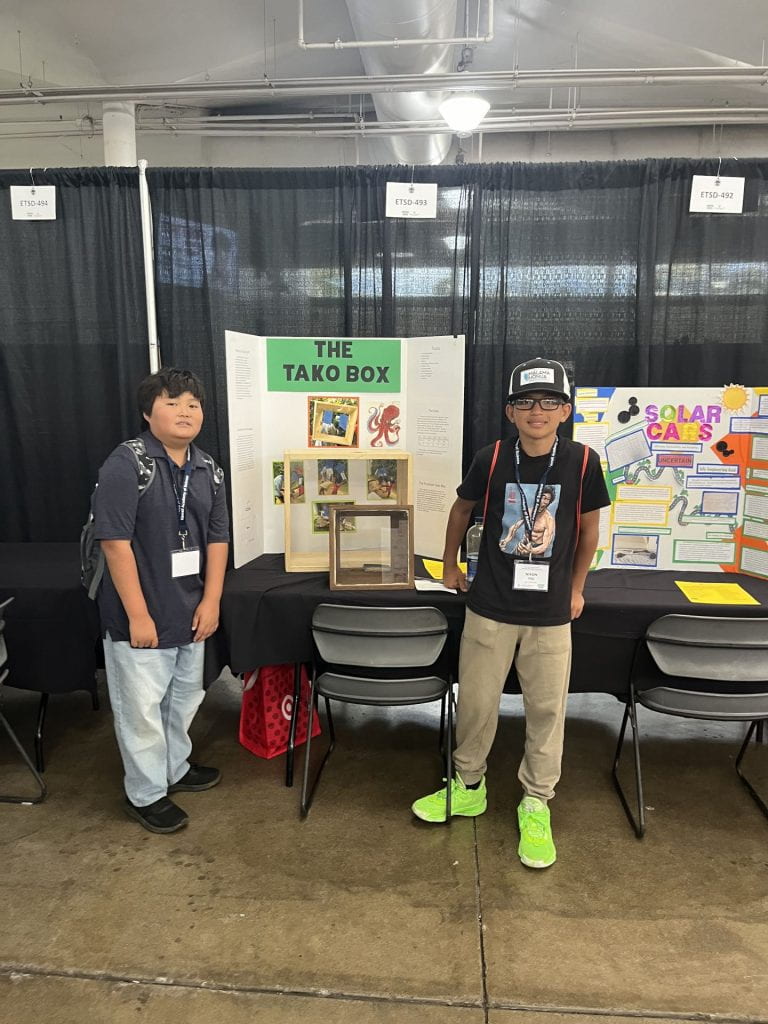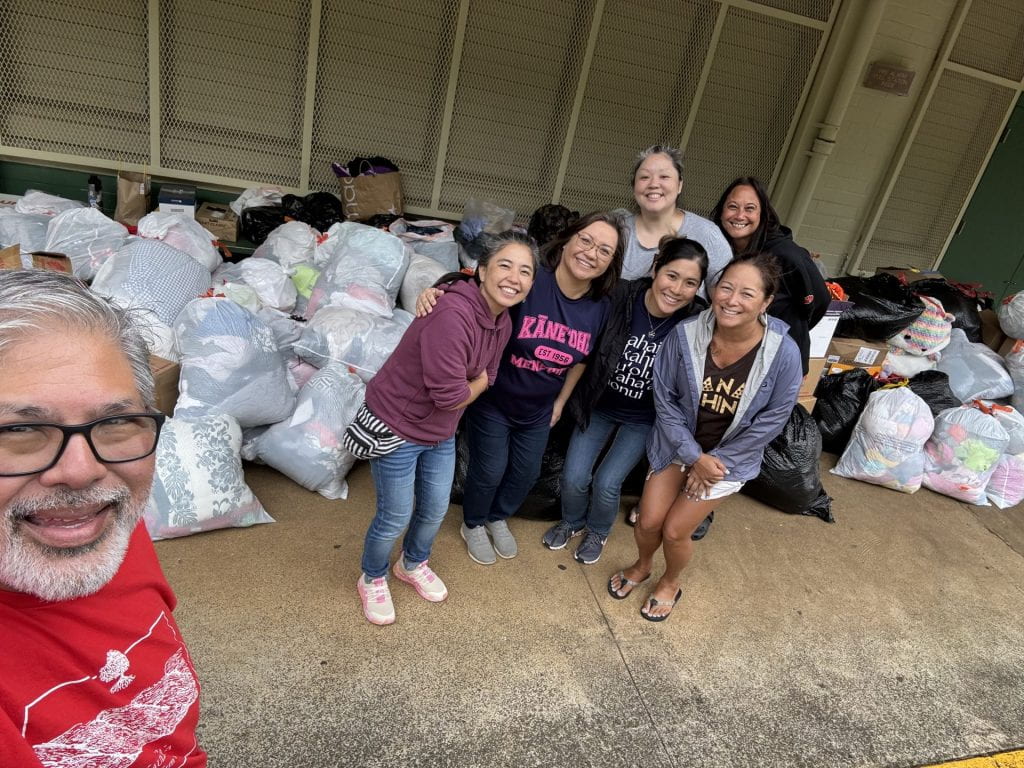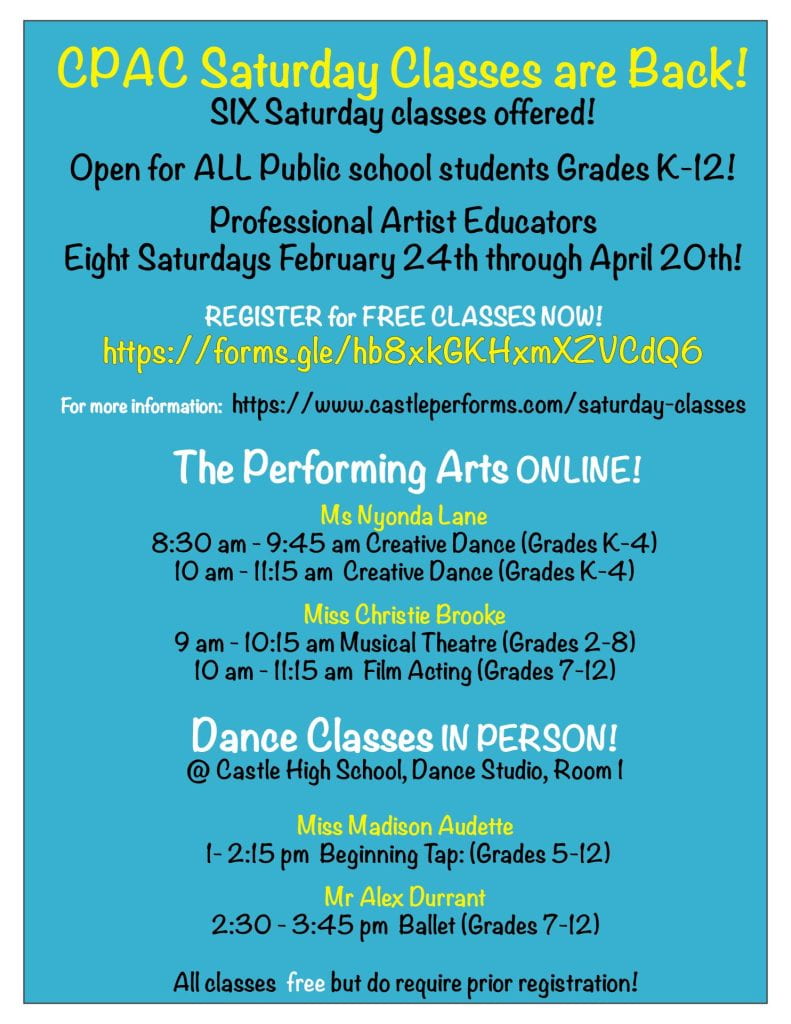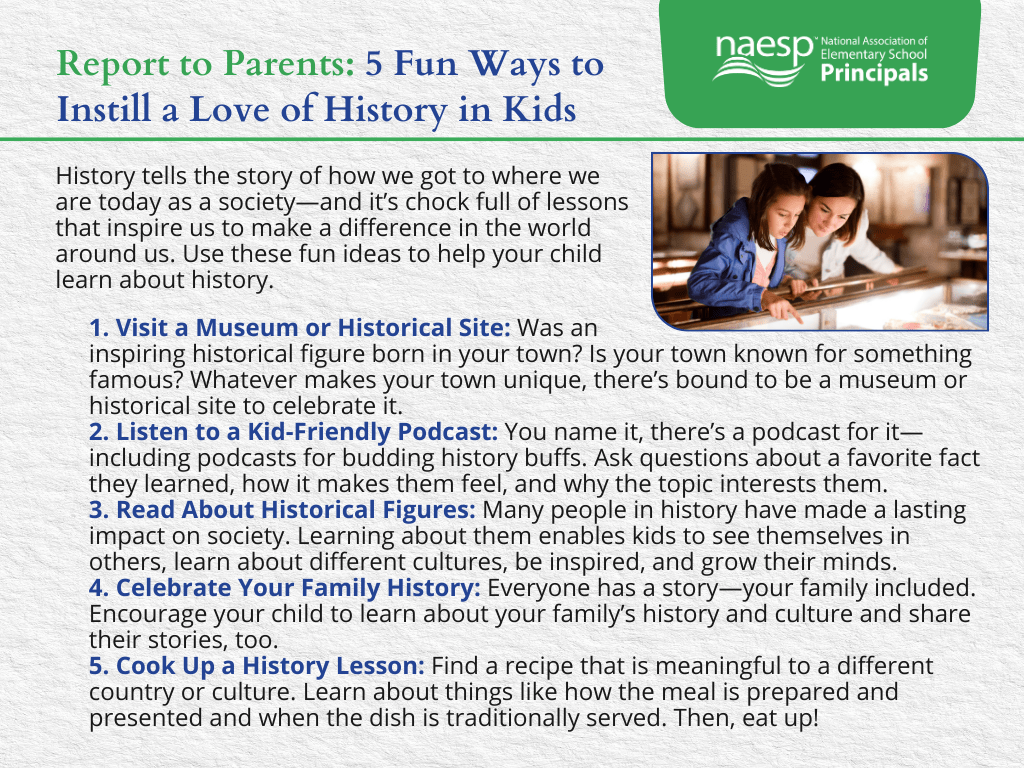Akahai: Leaving better than you found it –with white gloves…the practice is grace. White gloves give the image of leaving someone clean and not staining them or leaving a blemish or scar. To leave someone unblemished is to share akahai. It does not carry an expectation of an award or reward or reciprocity, it is to share our best fish and keep our less than best fish.
Pilahi Paki as shared by Pono Shim to The Mānoa Heritage Center.
ALOHA FOCUS FOR THE WEEK: AKAHAI
During the height of the pandemic, COVID case counts furiously escalated, filling the limited space in our hospitals. As the number of beds ran short and patients were housed in makeshift quarters, the number of available life-sustaining ventilators were also dwindling. Each day, as we tracked the multiplying cases, the hope for newly hospitalized patients seemed grim. With no cure nor a vaccine, all but the essential workers isolated themselves in their homes resulting in a strange cocktail of feelings of security and a growing sense of helplessness.
For Olin Lagon, sitting at home and doing nothing about the crisis we faced was unacceptable. For those that only know Olin on paper, one might think he’s an impenetrable genius. After all, his many accomplishments encompass holding numerous patents including one for crowdsourcing (the technology behind GoFundMe and myriad other sites) and creating groundbreaking software used by Nike, Disney, FedEx and other Fortune 500 companies. But those that know Olin in person, readily see his giving heart, his compassion for those who struggle in our community, and the promise he sees in all kids regardless of background. Olin is a doer, an activator who possesses not just the heart, but the intelligence and creativity to see possibilities hidden to most others. Yet, Olin is also a regular guy, quick with a self-deprecating joke or humbling anecdote. Hence it was predictable that Olin would feel aloha for those in need and immerse himself in a project that utilized his technological talents to solve the growing shortage of ventilators.
Olin, along with a team of Hawaiʻi-connected volunteers who held expertises in engineering, fabrication, and software design, created a relatively easy-to-manufacture ventilator that could be operated anywhere in the world, even where electricity is not available. Further, the team ensured the design would be open-source, meaning they would make it available to anyone able to build it for free, thus keeping production costs low.
Always haʻahaʻa and akahai, Olin credits his team and the support they received from generous donors from across the world for making the ventilators a reality. “And when we reached out to get help, we were overwhelmed by the support we received. The world is full of kindness.”
Read more about this effort here:
5 PURSUITS of AHONUI:
Inspired by Gholdy Muhammad
Please watch Something, Someday written and read by Amanda Gorman with illustrations by Christian Robinson. Then with you child, answer the following:
- IDENTITY: Talk with your kupuna about something your ʻohana did to help the community in which you live or are from.
- SKILLS: How does the child feel in the beginning of the story? The middle? The end? How do you know?
- INTELLECT: The author Amanda Gorman was 19 years old when she was named the National Youth Poet Laureate and performed the inaugural poem for President Biden. Research about Ms. Gorman and the change she has already made in this world (see Scholastic, Time for Kids and Kids Britannica.)
- CRITICALITY: How might you work with others to change something in your community that you might like to help fix?
- JOY: Show some akahai on our campus and join with your classmates on making our school better.
HOʻOMAIKAʻI MATH ENRICHMENT TEAM
A belated congratulations goes out to our 6th graders from Math Enrichment class who excellently represented Kāneʻohe Elementary last weekend at the King Intermediate School Math Meet. Under the guidance of Mrs. Chinen, our students won a team competition and four received awards in the individual competitions. Awesome job!
CONTINUED PRACTICES:
NOʻAHUNA OF ALOHA
See Uncle Pono Shim explain the Noʻahuna, the esoteric meaning, of Aloha as taught to him by Aunty Pilahi, the Keeper of Secrets.
WEAR PINK FOR MAUI WEDNESDAYS
Join us in letting “that light, that divine inspiration that Aunty Pilahi Paki says is given to you at your very beginning, come through and let your ALOHA join with the ALOHA of the collective to bring about healing.”
DAILY VIRTUAL PIKO
At the Daily Piko, we share thoughts on the Aloha value for the week which helps us become centered and ready to learn. We begin at 8 AM everyday except Wednesdays.
UPCOMING EVENTS
| Apr 22 – May 10 | Smarter Balance Assessment testing |
| Wed, May 8 | Wellness Meeting Join by Zoom |
| Sat, May 11 | 8:30 – 11:30 AM Campus Beautification |
| Fri, May 17 | May Day |
| Wed, May 22 | Fun Run Rescheduled |
| Wed, May 29 | School Ends at 2 PM (Switch with 5/30)Gr 6 Promotion Ceremony |
| Thur, May 30 | Awards CeremonySchool Ends at 1:15 PMLast day of school |
